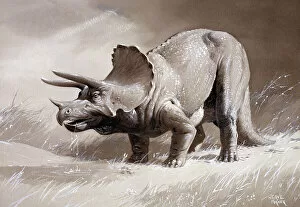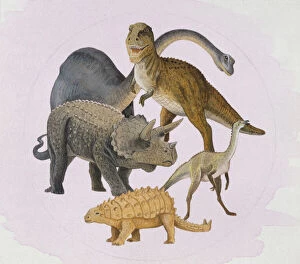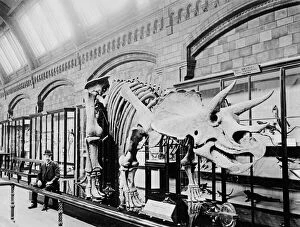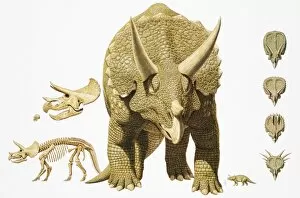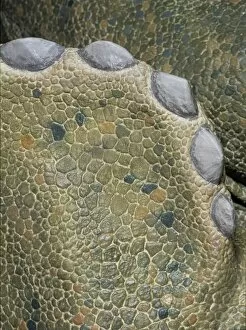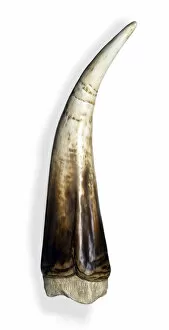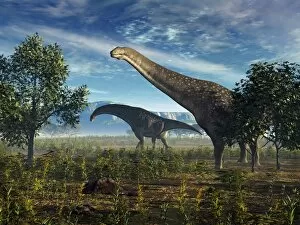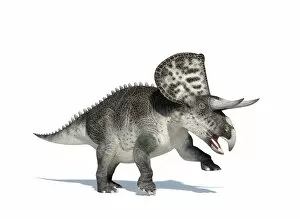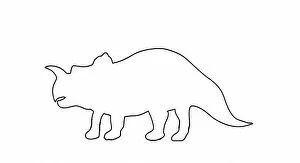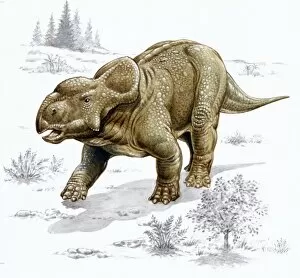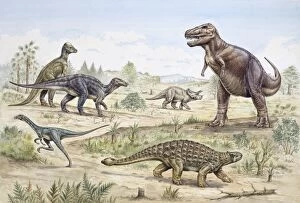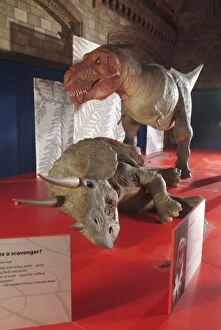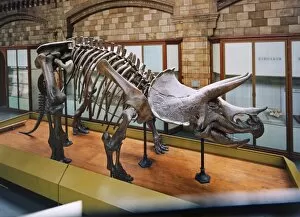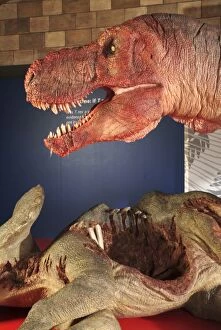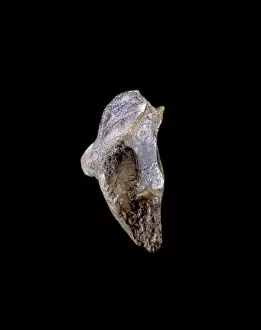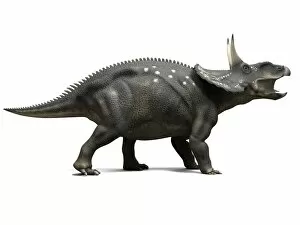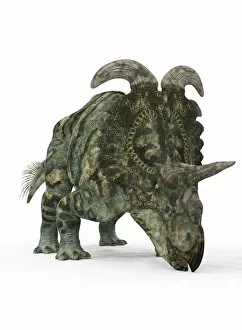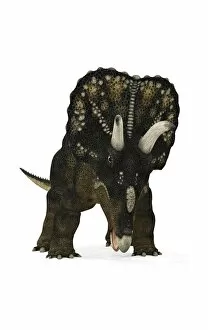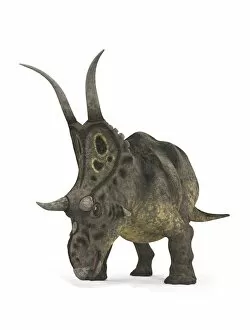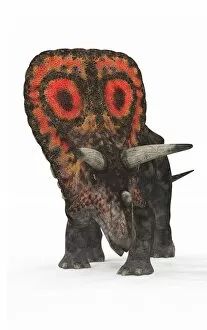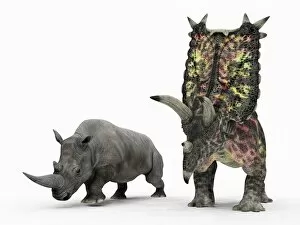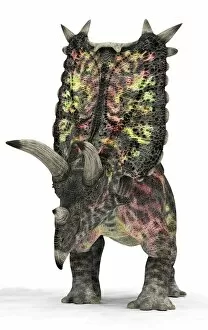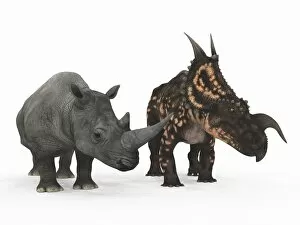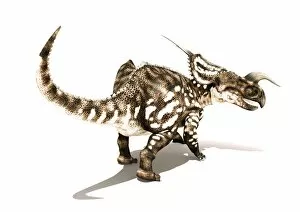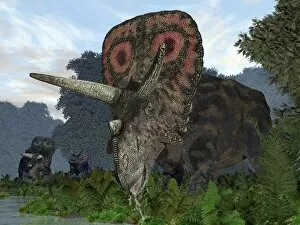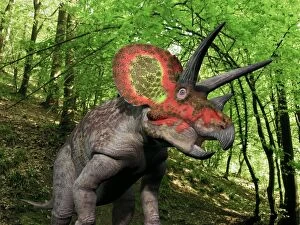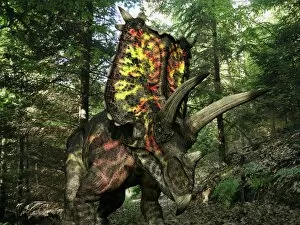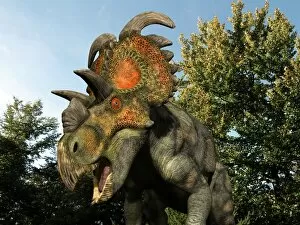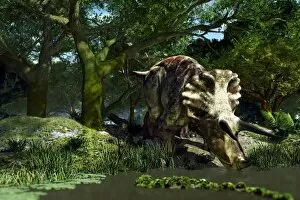Ceratopsidae Collection
"Ceratopsidae: Unveiling the Majestic World of Triceratops and Cerapod Dinosaurs" Step into the prehistoric era as we explore the fascinating world of Ceratopsidae
For sale as Licensed Images
Choose your image, Select your licence and Download the media
"Ceratopsidae: Unveiling the Majestic World of Triceratops and Cerapod Dinosaurs" Step into the prehistoric era as we explore the fascinating world of Ceratopsidae, a family of dinosaurs that includes the iconic Triceratops. Resembling modern-day rhinos in their appearance, these cerapod dinosaurs roamed the Earth millions of years ago. Immerse yourself in history as you gaze upon the impressive Triceratop dinosaur skeleton C016/5928, a remarkable specimen that offers insights into their anatomy and structure. Marvel at its massive size and intricate details, from its distinctive three-horned skull to its sturdy frame. Tracing back through time, we uncover more about these magnificent creatures. Delicate illustrations showcase a series of head designs, revealing how Triceratops evolved over generations. Their unique horns and frills served both defensive and display purposes within their social interactions. Beyond skeletal remains, artists have brought these ancient beings to life through vivid artwork. Admire stunning depictions capturing the essence of Triceratops' existence – mighty yet graceful herbivores dominating their environment with power and resilience. Not limited to just one species, our exploration extends to Zuniceratops - another member family known for its distinct features. Discover how this lesser-known dinosaur contributed to our understanding of evolution during this captivating journey through time. However, every story has an end; we also delve into artwork depicting the mysterious extinction event that wiped out these majestic creatures from our planet's surface forever. Reflect on nature's relentless cycle as you witness this poignant portrayal. Ceratopsidae takes us on an extraordinary adventure where science meets imagination – where fossils come alive through artistry and ignite curiosity about Earth's distant past. Join us in unraveling secrets hidden within layers of time as we celebrate these awe-inspiring dinosaurs and their enduring legacy.

